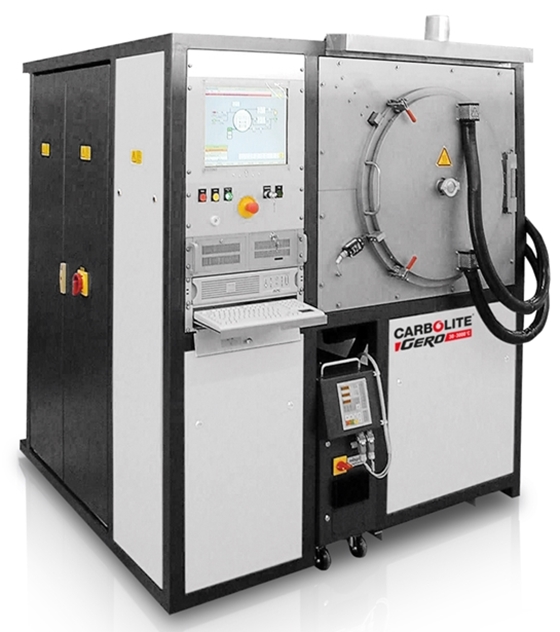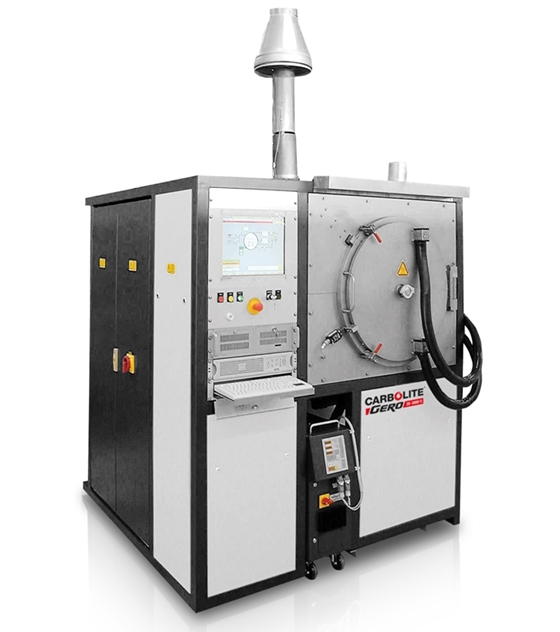Carbolite EBO Debinding Furnaces
The Carbolite EBO Debinding Furnaces are specially engineered to handle the stringent requirements that come with catalytic debinding.
Key Features
- Water heated vessel up to 150°C
- Dosing and circulation of nitric acid and Nitrogen
- Debinding degree controlled
The EBO is an ideal solution for binder removal from mouldings made from BASF Catamold® Feedstock. These mouldings are commonly known as green parts. The debinding furnace reaches a maximum temperature of 150°C and is available in two sizes: 120 litres (rectangular usable space 400 mm x 400 mm x 700 mm) and 250 litre (rectangular usable space 500 mm x 500 mm x 1000 mm).
Metal injection moulding (MIM) and Ceramic injection moulding (CIM) is an expanding modern manufacturing technology. MIM and CIM manufacturing processes comprises of 4 steps: compounding raw material into feedstock, moulding feedstock to the desired shape creating a green part, debinding and sintering. Debinding is the most demanding operation in this process. The debinding of Catamold® feedstock is performed catalytically with nitric acid. This process demands precise control of both the temperature profile and gas pressures.
With the EBO debinding furnace the operator may choose between a fixed debinding time and a fully automatic self-detecting debinding. The automatic adjustment is able to detect the end of the debinding process and terminates the cycle. CIM applications are limited to a sample wall thickness of approximately 4 - 5 mm. The furnace is fitted with safety interlocks to guarantee operational safety. Operation and visualisation of the process appears by means of a touchpanel.
The debinding process
The debinding process begins with a Nitrogen purge in order to reduce the Oxygen content in the furnace. Once the ideal process temperature is achieved gaseous nitric acid is purged into the furnace at a fixed rate. The Nitrogen gas flow must be maintained higher than nitric acid gas flow. This is done in order to prevent the system from forming an explosive mixture.
In an acidic vapour environment binder is removed from the green parts. This removal is the result of a chemical reaction starting from the surface moving inside the moulding. Debinding rates vary with the particle sizes of the metal powder and are generally between 1 - 4 mm/h. The polymer binder transits directly from the solid to the nitric acid once a temperature of 120 °C is reached.
The reaction results in formaldehyde formation as a by-product. Formaldehyde can be detected by monitoring the temperature of the EBO's afterburner. When formaldehyde production has ended binder removal is complete. Once the EBO has detected the binder removal is complete the acid vapour environment is purged with Nitrogen. The debinding step is finished and the green parts can be transferred to a sintering furnace.
- To order contact us via:
Phone: Call +44 (0)330 088 0560 - Email: [email protected]
- Web Form: Get a quote
| Models |
|
|---|






